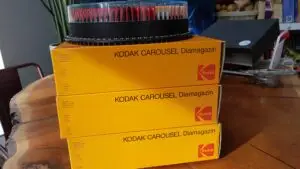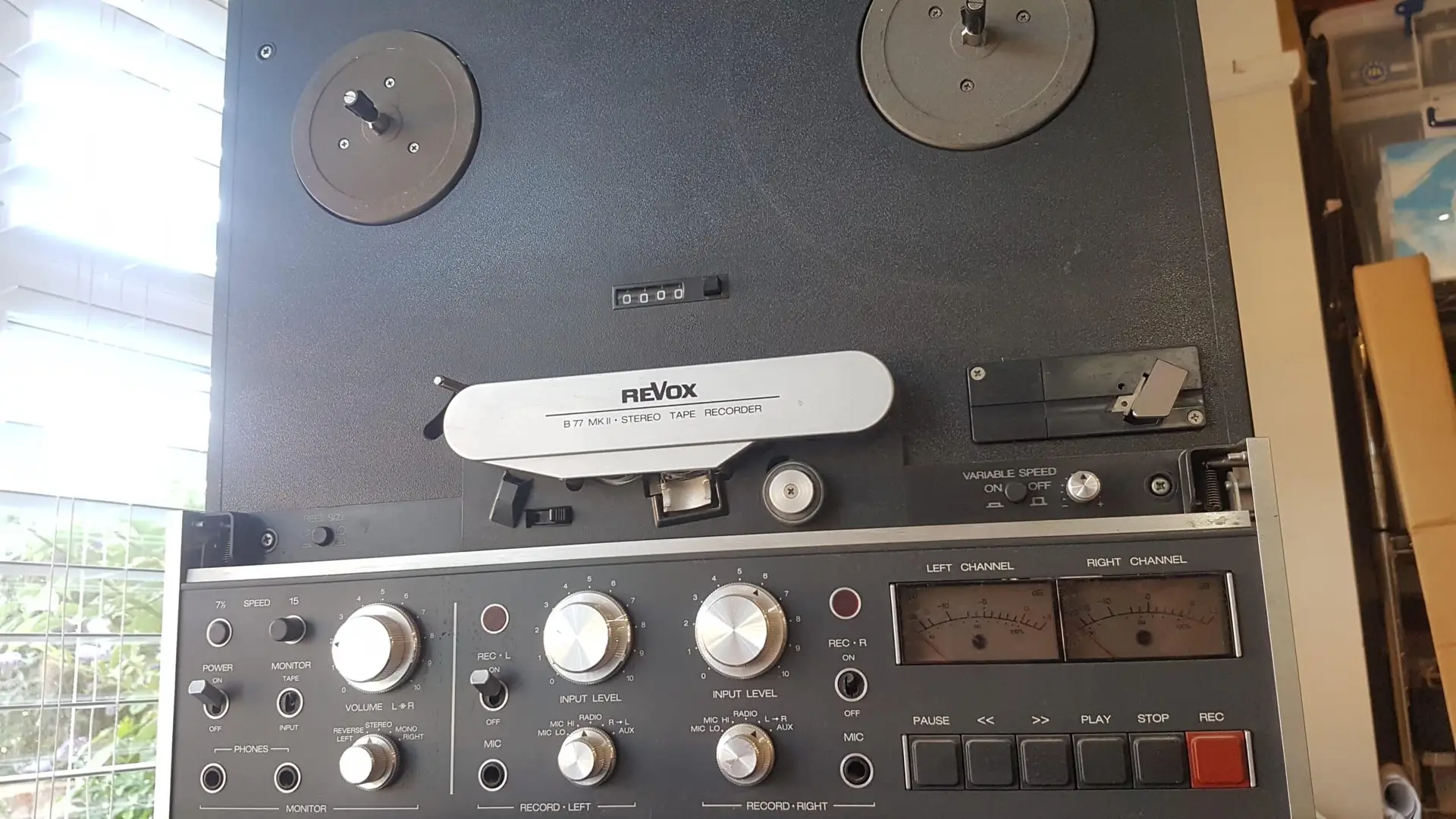


It seems like a distant era, but once upon a time, before you even looked around for a reel to reel digitisation, R2R, (abbreviated) reigned supremely as the pinnacle of audio engineering – the earliest application of magnetic tape for audio recording.
Fritz Pfleumer, a German engineer, and his team developed magnetic reel-to-reel tapes. Pfleumer patented the concept of using magnetic recording on a flexible tape medium in 1928. He aimed to create a more practical and efficient method of recording and playing back audio compared to the existing methods like wire recording.
Pfleumer’s early magnetic tapes used paper as the base material, which was then coated with a magnetic powder. These early versions had limitations, but they laid the groundwork for further development. Over time, the technology improved, and magnetic tape began to be used in various applications, including audio recording and data storage.
The development and refinement of magnetic tape technology were significant steps in the evolution of audio and data recording. It led to the creation of reel-to-reel tape recorders and players, which became important tools in broadcasting, music production, and personal audio recording.
Reel-to-reel tapes came in different formats and types, each with its own characteristics and applications. Here are some of the common reel-to-reel tape types:
Open Reel Audio Tape (Analog): This is the most common type of reel-to-reel tape used for audio recording and playback. It includes various subtypes like:
1/4-inch Tape: Available in different formulations such as standard ferric oxide, chrome dioxide (Type II), and metal particle (Type IV), offering varying levels of audio fidelity and durability.
1/2-inch Tape: Widely used in professional recording studios, offering higher audio quality due to its wider tracks and allowing for better frequency response and signal-to-noise ratio.
R2R gained significant popularity, rivalling vinyl over numerous decades. However, by the 1980s, the era of R2R came to a close, largely due to the emergence of cassette tapes and other portable audio formats. Fast forward a couple of decades, and in the 21st century, a unique niche has emerged, embraced by audiophiles and those with a penchant for vintage charm: the antiquated Mickey Mouse ear audio tape reels.
So before you consider reel to reel digitalisation, let’s delve into a question: How long did a reel-to-reel tape endure? How much lengthwise and lifespan-wise? Is it worth getting a reel to reel digitisation? Let’s explore.
During the 1980s, the cost of reel-to-reel machines varied widely based on factors such as brand, features, and quality. High-end professional reel-to-reel machines used for studio recording could be quite expensive, often ranging from several hundred to several thousand pounds. These machines were designed for professional audio engineers and recording studios and were equipped with advanced features for precise recording and playback.
On the other hand, a consumer-grade reel-to-reel player, while still offering good audio quality, were generally more affordable. You could purchase entry-level models for a few hundred dollars, and mid-range models could cost around $500 to $1000 or more, depending on the specifications and features. Manufacturers targeted these machines at audio enthusiasts seeking improved audio quality compared to cassette tapes.
It’s important to note that these are approximate price ranges, and the actual cost of reel-to-reel machines in the 1980s could vary based on factors like brand popularity, technological advancements, and market demand. It can be cheaper and easier to opt for a Reel to Reel Digitisation
Firstly, to maximise the longevity of reel-to-reel tapes, one must understand their storage and care. If you have neatly wound them onto metal reels, positioned the tails correctly, stored them upright in appropriate packaging, there’s a good chance they will remain playable. Surprisingly, the audio quality might still hold up. Especially if you have safeguarded them from magnetic fields in a temperature-controlled environment and shielded them from direct sunlight.
Secondly, how the tapes were handled during playback is a crucial consideration. Proper alignment and tension in the playback machines played a role in extending the tape’s lifespan. Moreover, utilising machines with rollers, as opposed to stationary guides, also contributed to durability.
If these careful measures were observed, most reel-to-reel tapes could endure numerous plays without evident loss of high-frequency signal, affording around 50 or more plays before notable degradation occurs. Not an outstanding result, but considering the age of the equipment, not too shabby either. As the machines are so old school mechanical, lots of things can go wrong of course. That’s why people are increasingly considering Reel to Reel Digitisation options.
Around 50 plays represent the zenith of playback quality before noticeable decline sets in by a decibel or two, what’s the half-life of a quality tape? As with all analogue media, a concrete answer eludes us due to the multitude of external factors influencing it. However, under optimal conditions, a good half-life could span approximately 200 to 500 plays, with around 1,000 plays marking the tape’s end of life.
The endurance of playback quality and half-life isn’t solely contingent on proper handling, storage, and care. Tape thickness also plays a role. For instance, a ½” tape, being thicker with wider and more spaced-out tracks, sustains interactions among signals across multiple playbacks longer than a thinner ¼” tape. Essentially, the thicker the tape, the greater its lifespan – another factor you should consider for the reel to reel digitalisation.
Beyond tape thickness, recording speed influences the preservation or deterioration of reel-to-reel tapes, especially after multiple re-recordings so is often wise to undertake a reel to reel digitisation. The more layers of recording imposed on the tapes, the more the sonic quality degrades and so on.
Let’s address the matter directly: reel-to-reel tapes don’t possess eternal life. Best place your reels to mp3 In fact, if you possess a collection of reel-to-reel treasures, there’s a strong likelihood that they’re already in their twilight years. After all, a sizable piece of analogue media aged 70 years doesn’t stand a substantial chance, regardless of meticulous care. However, there’s a silver lining!
Supaphoto offers reel to reel digitisation. A solution to conserve these reel-to-reel tapes through a reel to reel transfer service (for example to digital formats). Simply submit your reels and our skilled preservationists will take the reins. Safeguarding and cementing your audio family history through thumb drives, DVDs or a digital downloads from the Supaphoto Cloud.